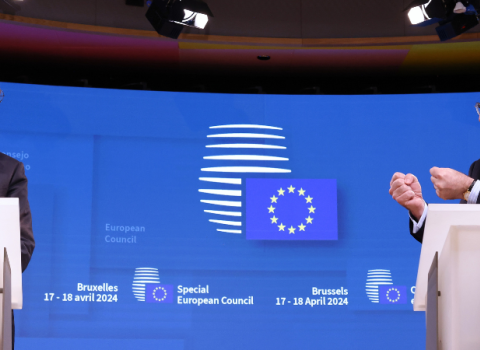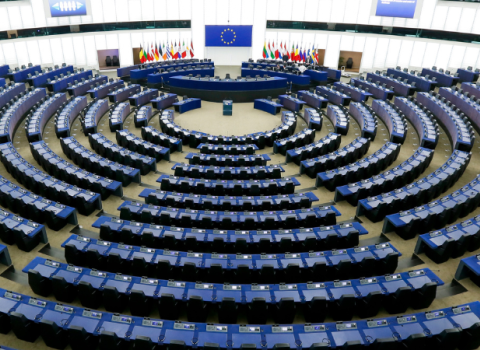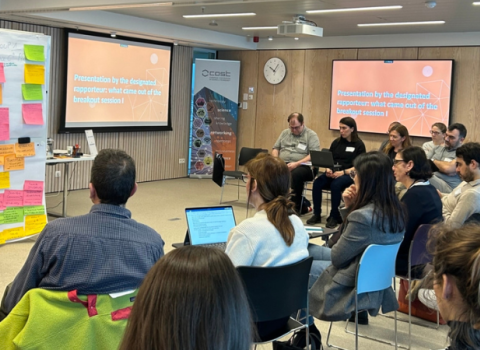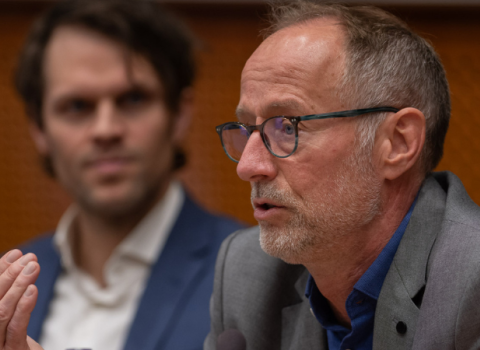Upcoming Horizon Europe soils mission aims to ensure three quarters of European soils are healthy by 2030, slowing climate change and safeguarding food supply
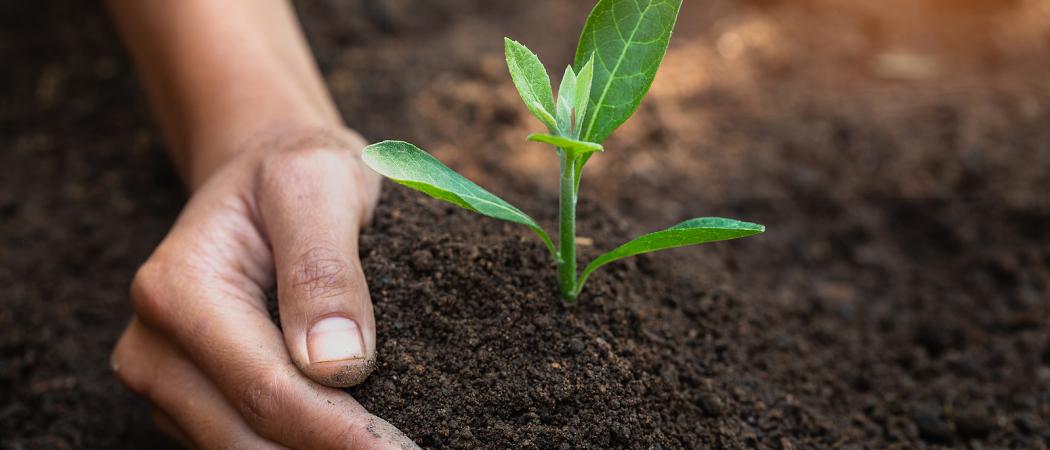
Soil is an abundant yet underrated asset that is rapidly degrading. Now Europe wants to save this neglected resource, with the upcoming Horizon Europe mission aiming for a 100 per cent increase in healthy soils by 2030.
The mission is one of Europe’s five research ‘moonshots’ set to launch in 2021. It is “maybe the most difficult one,” said Teresa Pinto Correia, professor at the University of Évora. “Other [missions] are on topics which people know about.”
Pinto Correia is one of fifteen members of the soils mission board that is drawing up plans for the mission in the EU’s next research programme, Horizon Europe.
The first job of the board, conduct a meta-analysis of existing studies in European soil health, reached the sobering conclusion came that 60-70 per cent are unhealthy.
While reporting on the quality of water and biodiversity in Europe is mandatory, there is no requirement to report on soil health, because in 2007 a proposed soils directive did not pass.
Up to now, pan European data on soil status was not available, said Bridget Emmett, a mission board member and the head of Soils and Land Use science at the UK Centre for Ecology and Hydrology. “There has been no [EU] policy or legislation for soils,” she said. “We do not have the data you would expect us to have.” As a result, soil is “a forgotten natural asset,” Emmett said.
This is all the more lamentable, given that in addition to producing more than 90 per cent of food, soil is essential to the planet’s health, slowing climate change by storing carbon and cutting greenhouse gas emissions. It also is home to microbes used in the production of countless medicines.
“If we want to make sure that the next generation of humans have the same paradise, this planet, then we have to take care of our soil,” says Alfred Grand, another board member, who runs a research and demonstration farm, Grand Farm, in Austria.
The how-to
The board’s second job was defining an ambitious yet realistic goal for the mission. It settled on ensuring 75 per cent of European soil is healthy by 2030, and came up with a plan for how the research mission can get there.
To reach the target, the board is prescribing a mixture of natural and social sciences research, new indicators for tracking the mission’s progress, initiatives for community engagement, and support for land managers.
The key to success will be in having tools available in the regions, incorporating them in the everyday life, to inspire and incentivise farmers, land managers and citizens to care for soil health.
Forestry challenges in Scandinavia, desertification of land in the Mediterranean region and industrial pollution in eastern Europe can only be addressed together with the people living there, the board believes.
“The needs of one type of soil, farm and management are [not the same as] another one,” says Pinto Correia. Contextualising research will be a very important part of the mission, she said.
The research will be carried out in a network of up to 2,000 research and demonstration facilities – lighthouses and living labs.
Soil research at a regional level will take place in the living labs, the results of which will then be demonstrated to the wider public in lighthouses. These are, “beacons of good practice, where people can go and see it on the ground,” says Emmett.
In this way, people caring for and working with the soil can work directly with researchers, a connection that is missing in soil research. “There is an extreme lack of knowledge transfer with farmers,” says Pinto Correia. ”The knowledge is staying in the academic and technical circles.”
Grand says collaboration is critical. “Farmers are result-driven, researchers are more often problem-oriented,” he says. “If we combine the approaches of the farmers and the scientists, we can combine and leverage the results in the end.”
Grand is speaking from personal experience: his 90-hectare farm is on its way to becoming one of the first lighthouses and already carries out five to ten research projects a year. He is currently working on soil health, agroforestry, and market gardening.
In different regions, working together with the local communities will encounter different issues. “There is a level of knowledge and organisation in Holland that cannot be compared to Portugal,“ says Pinto Correia. In some countries, people need to be taught how to care for soil, while in others they need more innovation.
The board hopes social sciences can help plot the best approaches to be taken to engage the public in different European regions. “Integration of natural and social sciences at an equal level is crucial and a definitive novel step,” says the board’s interim report on the mission published in June.
Beyond the mandate
Research is not the only component of the mission. To ensure its smooth running, the board would like to see some policy changes in the EU. Since the soil directive did not pass in 2007, no criteria or standards for healthy soils have been defined at an EU-level, as is the case for water and biodiversity. “All we are asking for is for similar effort and work to be done for soil,” says Emmett.
The board has drawn up a list of indicators for rating soil health, which they hope countries across the EU will adopt as part of the mission. A change in policy would here, but it is out of the board’s mandate.
The board also has a number of ideas for engaging people with the land, a key part of the mission. These include incentives for farmers who track the health of their soil and promotional branding for food grown in healthy soil.
For soil awareness initiatives, the board is collecting best practices around Europe that could help engage people. Grand told Science|Business Austria managed to engage 75,000 students with the problem by extracting paint pigments from soils around the country and asking children to paint with them. As a result, the topic of soil health was discussed in classrooms and beyond. “Children are a perfect multiplier,” Grand said
As for which of the board’s plans come to fruition, that will depend on the budget allocated to the mission. Funding is to be decided once all the mission boards hand in their plans to the European Commission at the European Research and Innovation Days conference on 22-24 September.
